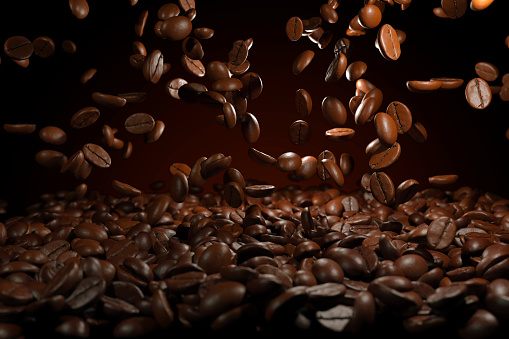When I was studying alternative medicine I learned about the coffee enema. Sounded interesting. It’s an enema that uses organic brewed coffee instead of water. The coffee stimulates bile flow and increases the liver’s production of glutathione, the body’s master antioxidant. But what does the science say?
The History of the Coffee Enema
Enemas have been around for centuries, dating back to Ancient Egypt. In the alternative treatment world, Dr. Max Gerson and Dr. William Donald Kelley popularized coffee enemas. The “Gerson Therapy” is still a well-known cancer therapy that includes a plant-based diet and daily coffee enemas. Although these doctors didn’t invent the coffee enema, their use for cancer treatment put this therapy on the map.
In the 1800s, practitioners used coffee enemas to successfully treat poisonings and some terminally ill patients. They were also used for pain management and detoxification from post surgical anesthesia. World War I soldiers treated with morphine often experienced constipation. When coffee made its way into their enemas, it provided the soldiers relief, not only from constipation, but also from pain.
What Does the Science Say?
Journal references for the coffee enema date back 150 years. Studies show their use for muscle and joint pain, headaches, fatigue, brain fog, poisoning, and post-operative shock often produced good results. A widely cited study claims that coffee enemas increase glutathione production in the liver by 700% but this has not been proven. Other studies show an increase in glutathione from both drinking coffee and coffee enemas, but not significantly.
A 2014 study confirmed that coffee enemas stimulate bile flow from the liver and gall bladder. Science supports this mechanism of action. Bile helps us break down fats and remove toxins. For cancer therapies, it is believed that caffeine from the coffee, is absorbed across the wall of the colon and gets into the portal blood system, helping the liver with detoxification. It works by dilating the bile ducts and stimulating the liver to released stored toxins. Coffee enemas were in the the Merck Manual of Diagnosis and Therapy, a well-respected medical reference book, through 1972.
What Do Patients Say?
Patients say they feel better, no matter what the science says. Linda Isaacs MD and Nicolas Gonzalez MD recommended coffee enemas for their cancer patients for the past 30 years. Critics of coffee enemas say its quackery, but despite this, coffee enemas are still around. We need more research to support the benefits of coffee enemas. However, there was a time when even the molecular mechanism of nitroglycerin wasn’t known.
Coffee Enema Risks
There are injury reports linked to the coffee enema, usually due to misuse. Electrolyte disturbances are cited as a risk, but research doesn’t support it. Other risks include rectal burns (hot coffee should not be used), infections, and colitis. Some of the case reports were in patients who were severely ill and therefore difficult to pinpoint what exactly caused the problem. These reports often describe an outcome, but not how common that outcome is.
For patients with inflammatory bowel disease, fluid overload, immunosuppression, or any other disease of the colon, use coffee enemas with caution or avoid completely. Check with your doctor is you are unsure.
Final Thoughts
If you want to do a coffee enema for health reasons, talk to a knowledgeable practitioner first. It may be fine to incorporate this into a periodic detox program, but I’ve also seen patients become “addicted” to coffee enemas. Overuse can compromise the natural functions of the bowel and potentially damage tissues. To learn more about this therapy, visit Dr. Linda Isaacs website. Dr. Isaacs wrote a good review in the May/June issue of Alternative Therapies in Health and Medicine.

LEAVE A COMMENT
Comments